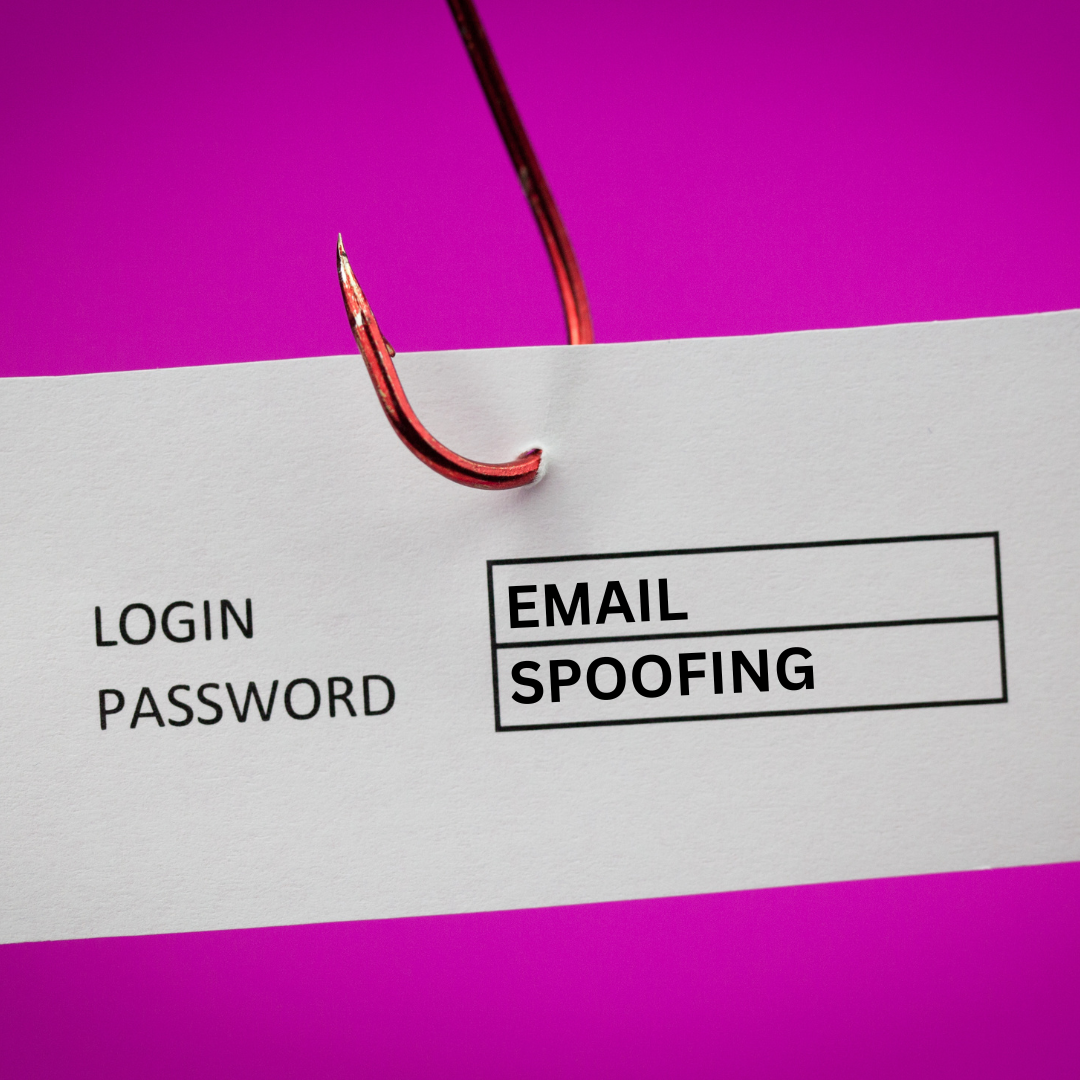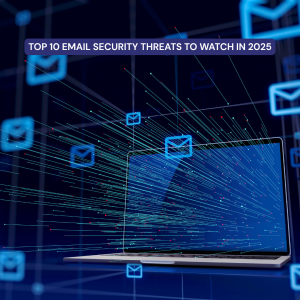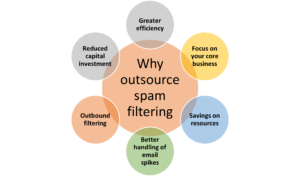Email spoofing has emerged as a significant cybersecurity threat, targeting organizations of all sizes. By manipulating email headers, cybercriminals disguise their identities, making fraudulent emails appear to come from trusted sources. These deceptive tactics can lead to financial loss, reputational damage, and regulatory non-compliance. In this article, we’ll explore the business impact of email spoofing and outline effective measures to prevent it.
RELATED: Phishing Scams: How to Spot and Avoid Them in 2025
Understanding Email Spoofing
Email spoofing occurs when attackers forge the “From” address in an email header, tricking recipients into believing the message is from a trusted individual or organization. The goal is often to extract sensitive information, distribute malware, or commit financial fraud.
Common tactics include:
- Business Email Compromise (BEC): Attackers impersonate executives to request wire transfers or sensitive data.
- Phishing: Fraudulent emails lure recipients into clicking malicious links or sharing login credentials.
- Spreading Malware: Spoofed emails deliver malicious attachments or links that install harmful software.
The Business Impact of Email Spoofing
1. Financial Loss
Spoofed emails often aim to deceive employees into authorizing payments to fraudulent accounts. In 2023, BEC scams alone cost businesses over $2.7 billion globally.
2. Reputational Damage
When customers or partners receive spoofed emails appearing to come from your domain, trust is eroded, and brand reputation is damaged. A single incident can result in a long-term loss of customer confidence.
3. Operational Disruption
Email spoofing often precedes ransomware attacks or other malware that can paralyze business operations. Recovery from such incidents may involve prolonged downtime and resource-intensive remediation.
4. Data Breaches
Spoofed emails can trick employees into sharing sensitive information, including trade secrets, client data, or intellectual property. Such breaches can lead to legal penalties and loss of competitive advantage.
5. Regulatory Penalties
Organizations that fail to protect their email systems adequately risk violating data protection regulations such as GDPR or HIPAA. Non-compliance can result in hefty fines and legal actions.
How to Prevent Email Spoofing
1. Implement Email Authentication Protocols
Authentication protocols help verify the legitimacy of emails sent from your domain. Key measures include:
- SPF (Sender Policy Framework): Only authorized servers can send emails on your domain’s behalf.
- DKIM (Domain Keys Identified Mail): Uses digital signatures to authenticate messages and prevent tampering.
- DMARC (Domain-based Message Authentication, Reporting, and Conformance): Combines SPF and DKIM to specify how receiving servers should handle unauthenticated emails, providing reports to monitor email activity.
More on this here: DMARC, SPF, and DKIM: The Foundations of Email Authentication
2. Educate Employees
Human error is a primary entry point for spoofing attacks. Conduct regular training to:
- Recognize phishing attempts and suspicious emails.
- Avoid clicking on unknown links or downloading unexpected attachments.
- Report suspected spoofing incidents promptly.
3. Use Advanced Email Security Solutions
Invest in cloud-based email security tools that offer:
- AI-Powered Threat Detection: Identifies anomalies in email behavior to block spoofed messages.
- Real-Time Alerts: Notifies administrators of potential attacks.
- Sandboxing: Safely tests email attachments for malware before delivery.
4. Enable Multi-Factor Authentication (MFA)
MFA adds a layer of security by requiring users to verify their identities through a second factor, such as a mobile-generated code. Even if credentials are stolen, attackers can’t easily access email accounts.
5. Monitor and Analyze Email Activity
Use tools that provide detailed analytics on email traffic to identify suspicious patterns. For example:
- Track unusual login attempts.
- Monitor spikes in email activity from specific accounts.
6. Strengthen Endpoint Security
Install robust antivirus software and firewalls on all devices used to access business emails. Regularly update these systems to guard against evolving threats.
7. Partner with Reliable Email Providers
Choose email service providers like MailSafi, which prioritize security and offer built-in measures like encryption, spam filtering, and automatic updates.
READ ALSO: 5 Ways to Optimize Your Email Security with Cloud Solutions
Conclusion
Email spoofing poses a severe threat to modern businesses, with consequences beyond immediate financial losses. Proactively addressing this risk with robust authentication protocols, employee training, and advanced security tools can safeguard your organization.
Invest in mailsafi email security today to protect your business’s finances, reputation, and future growth. Remember, the cost of prevention is always less than the price of recovery.
Stay ahead of cyber threats. Your business depends on it.
![]()




